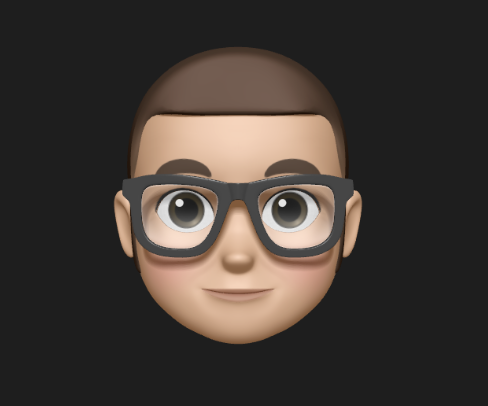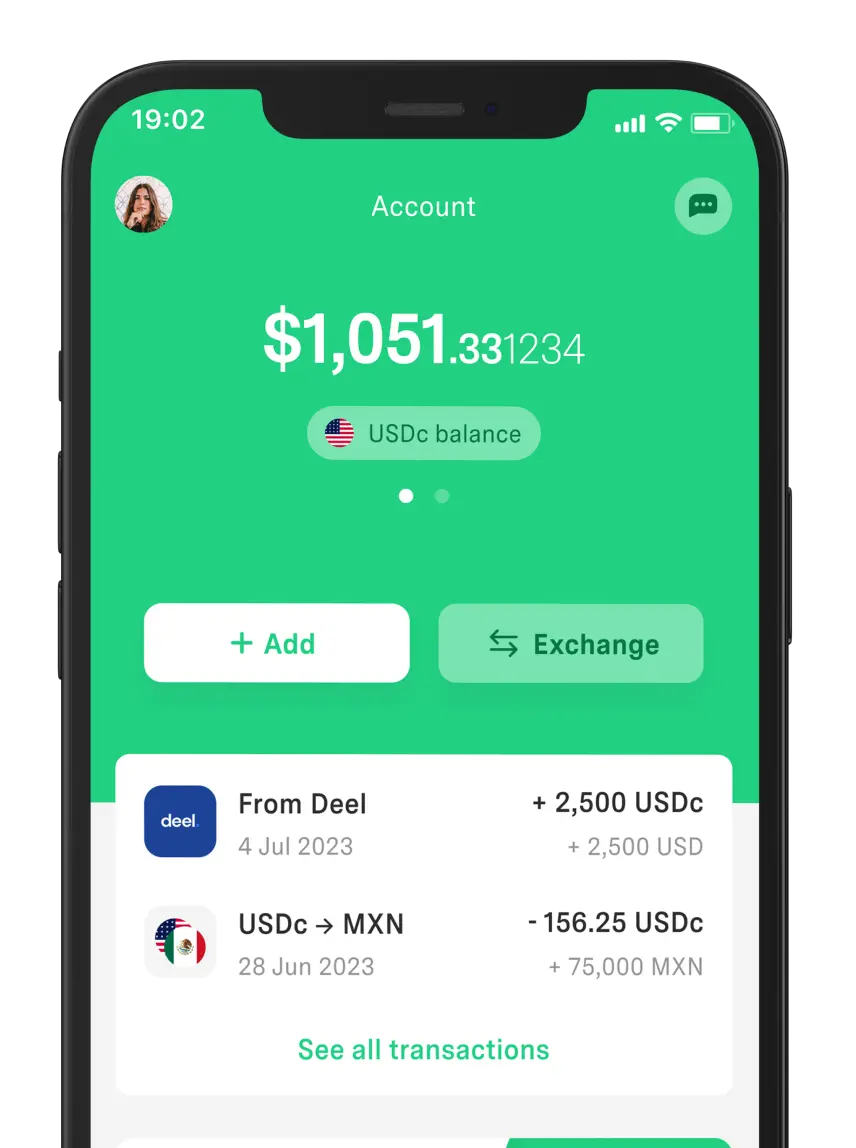 Freelancer tips
Freelancer tips Product Life Cycle: What It Is, Stages, and Examples
Discover what the product life cycle is and how to adapt your marketing strategies to keep a product relevant and profitable.



The digital revolution is a historical process marked by the development and adoption of information and communication technologies. This phenomenon entails the transition from analog to digital, completely changing the way we work, communicate, and live.
This continuous advance led to the integration of technology into business models. At the same time, it set the stage for the Fourth Industrial Revolution, characterized by AI, automation, and global interconnection.
How much has it influenced our lives?
In this post, we explain the impact, challenges, and opportunities of the digital revolution, as well as a timeline of its evolution.
It is a global transformation process driven by the mass adoption of digital technologies in all areas of life. It began at the end of the 20th century with the expansion of the internet, the rise of personal computers, and the growing use of mobile phones.
This gave way to technological change, which has been constant ever since. It is therefore a turning point that transformed how we work, communicate, and consume information.
The emergence of social networks, AI, and blockchain, for example, are fundamental in our daily lives. But that is not all the digital revolution encompasses…
Internet.
Mobile phones.
Email.
Search engines.
Social networks.
Blockchain.
Digital cameras.
Video games.
E-commerce.
Artificial intelligence.
Remote work, among others.
Today, the digital revolution drives the economy, redefines cultures, and offers us different ways to relate to one another.
The digital revolution is the result of decades of technological innovation. Over time, several milestones marked decisive moments in this process:

1940–1960. Computing emerges with vacuum-tube machines and advances after the invention of integrated circuits and the transistor (1947). From there it moved to smaller, more reliable electronic systems and the foundations of the digital era.
1970–1990. The PC becomes a consumer product with models like Apple II, TRS-80, and PET in 1977. At the same time, the World Wide Web (WWW) is created in 1989, opening public access to information.
2000–2010. Smartphones (iPhone, 2007) and social networks (Facebook, YouTube, Twitter) mark the start of always-on connectivity.
2010–2025. AI, the cloud, and big data drive automation and consolidate an increasingly digital and interconnected economy.
This timeline gives us an idea of how technological change has become the central engine of human and economic progress.
The digital revolution impacts the economy, culture, and daily life, extending to all spheres:
New business models emerge based on digital platforms and online services.
Fintechs like DolarApp arrived to modernize the financial system and streamline transactions.
The digital economy boosts e-commerce and process automation.
Small businesses and freelancers access global markets thanks to connectivity.
Social networks transformed social interaction, information, and activism.
The immediacy of communication led to a more interconnected—yet also more dependent—society.
Education migrated to the virtual environment, and tools like Google Meet became key to facilitating learning.
Digital access broadened opportunities, though it also generated technological gaps.
Social networks and visual platforms fostered new forms of expression.
Short and multimedia formats—such as reels, stories, or podcasts—redefine cultural consumption with apps like CapCut.
Tools like Canva democratize design and visual communication.
The balance between work and personal life is being redefined in the digital world.
Automation demands new technological skills.
New professional profiles linked to data, AI, and digital development are emerging.
Remote-work tools become essential to prioritize productivity.
Options like Slack support collaboration with teams.
Overall, it’s not only a technological change, but also a shift in how we conceive life, work, and society.
The digital revolution spurred a new way of doing business with technology as the axis of innovation. This involves both incorporating digital systems and rethinking how companies operate, communicate, and deliver value.
In the business world, technology becomes an ally to:
Innovate and adapt to change. Digital solutions are used to improve productivity, personalize services, and accelerate decision-making.
Digitize processes, data, and services. Automation and data analysis optimize efficiency, with business applications like Google Workspace to enable real-time collaboration and management.
Transform entire sectors. With fintechs like DolarApp, personal finance and user experience drive business change.
Leverage key technologies. Artificial intelligence, big data, the cloud, and the Internet of Things (IoT) power new business models and operational efficiency.
Beyond modernizing how we work, the digital era changed how we compete and innovate. Thus, companies that do not adapt risk being overtaken by their competitors.
The digital revolution has brought unprecedented change. But just as it drives global progress, it also presents certain challenges.
Remote work and global collaboration. Digital transformation encouraged more inclusive and efficient work environments.
AI and automation. Integrating these solutions optimizes repetitive tasks, reduces errors, and increases productivity across sectors.
Inclusive digital education. Online learning expands access to knowledge and creates opportunities for lifelong learning.
Constant creativity and innovation. Technology fosters experimentation, innovative thinking, and the creation of sustainable solutions.
Cybersecurity and privacy. Managing large amounts of data requires strengthening information protection and trust in digital environments.
Ongoing education and training. Technological change forces constant upskilling to avoid falling behind in the job market.
Digital sustainability. Energy consumption and tech production call for more responsible and efficient development.
Technology gap. Inequalities in access to the internet, devices, and digital solutions persist, limiting inclusion in the digital age.
However, it all depends on how we use technology to focus, innovate, and move toward a more balanced and sustainable future. To that end, Deep Work invites us to work with full attention and without distractions. In this way, we can achieve real productivity and a more conscious use of technology.
The digital revolution is an ever-evolving process that drives transformation and seems to have no end. Each technological advance opens the door to new ways of creating, working, and communicating.
Of course, it’s a challenge that entails adapting, innovating, and learning without pause—you just need to know how to harness its potential.
Thanks to this process, you can now benefit from services like DolarApp, which arrived to redefine how you manage your finances, offering digital accounts to operate with USDc and EURc and a fair exchange rate to buy or sell them.
It represents the shift from analog to technological with the integration of digital systems. This has given rise to different ways of working, communicating, learning, and creating value within society.
It began at the end of the 20th century with the expansion of the internet and computing. Its stages include initial computing, global connectivity, the mobile boom, and the current era of artificial intelligence.
It generates economic, social, labor, and cultural changes, driving new business models. At the same time, it fosters global communication, transformed education, remote work, and the creation of digital content.
The digital revolution gave rise to digital transformation, enabling companies to incorporate technology into their operations, services, and strategies. In this way, they can innovate, optimize resources, and adapt to the digital age.
Sources:

Os países têm fronteiras. Suas finanças, não mais.
 Freelancer tips
Freelancer tips Discover what the product life cycle is and how to adapt your marketing strategies to keep a product relevant and profitable.

 Freelancer tips
Freelancer tips Dive in and discover how sustainable/sustainability-focused technology promotes responsible growth driven by innovation and energy efficiency.

 Freelancer tips
Freelancer tips With the cloud on the internet, you don’t need a hard drive to store files or run programs. Discover how it works and what types exist.


